Biography
In 1932, the four architects Gian Luigi Banfi, Lodovico Barbiano di Belgioioso, Enrico Peressutti and Ernesto Nathan Rogers founded the group BBPR, which had under the initials of their surnames and exerted great influence on the Italian architecture and design scene of the 20th century. The graduates of Milan's Politecnico are among the most important representatives of rationalism in the 1930s. During the Second World War, they were involved in the founding of the Committee for National Liberation and active in the resistance. As a result, Rogers fled to Switzerland, Belgioioso and Banfi were sent to the Mauthausen-Gusen concentration camp, where Banfi died shortly before the end of the war.
Peressutti, meanwhile, endeavoured to keep the studio going so that the three designers could resume their work as an architectural collective after the war under the now established brand name BBPR. Although they put their joint creativity in the foreground, each of them pursued a different specialisation. Belgioioso devoted himself to urban planning projects and, under the impression of his experiences in the concentration camp, excelled in the design of memorial sites. Rogers became one of the most important theorists and architectural journalists of the post-war period as editor-in-chief of 'Domus' and later of 'Casabella-Continuità'. The residential and office building 'Torre Velasca' (1958), with its cantilevered upper floors a reminiscent of the silhouette of the 15th-century Torre del Filarete of Milan's city castle, Castello Sforzesco, is characteristic of Milan's cityscape.
The interiors for private clients are highly elegant, of extremely high quality and anticipate formal themes that have been taken up by many Italian designers, such as the X-structure, which functions as a decorative or even supporting element in many pieces of furniture. BBPR presented itself at the highest artistic level in the design of the Olivetti showroom in New York in 1954. With colourful Venini lamps, the walls decorated with a relief by Costantino Nivola and a floor of green Piedmont marble from which marble stalactites grow up, the tips of which bear the latest office machines, the shop was as a visiting card of Italian creativity and craftsmanship in perfection.
The 'Spazio' office furniture series made of green metal, which BBPR realised for Olivetti at the end of the 1950s, also convinces with a skilful combination of functionality and aesthetic sophistication. Individual components can be connected to each other by a hinge system.
Objects by Studio B.B.P.R.
-
Sold
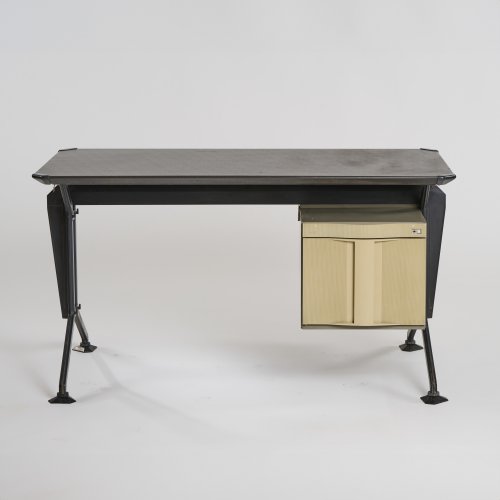
-
Sold
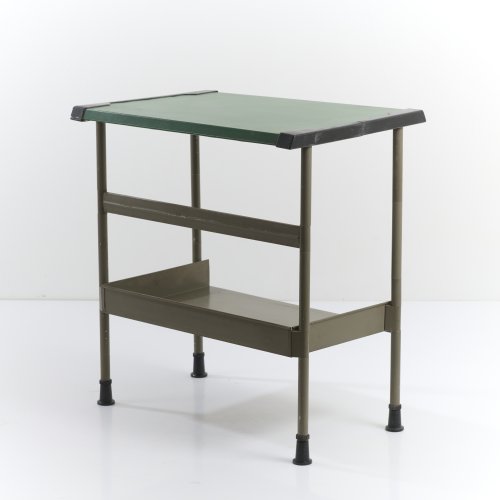
Studio B.B.P.R., Gian Luigi Banfi, Ludovico Barbiano di Belgiojoso, Enrico Peressutti, Ernesto Nathan Rogers Olivetti, Ivrea
'Spazio' console table / shelf, 1959
Hammer Price: 320 €
-
Sold
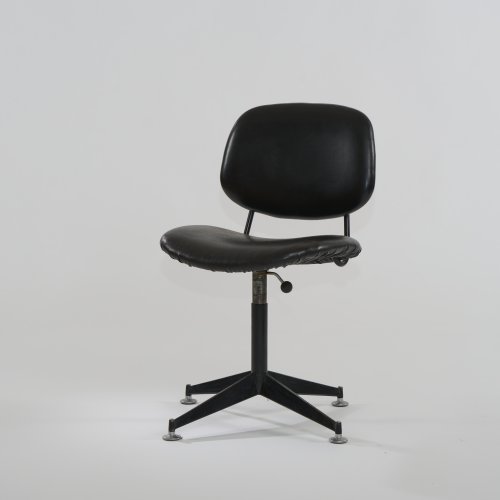
Studio B.B.P.R., Ludovico Barbiano di Belgiojoso, Enrico Peressutti, Ernesto Nathan Rogers Olivetti, Ivrea
Chair 'Arco', 1963
Hammer Price: 200 €
-
Sold
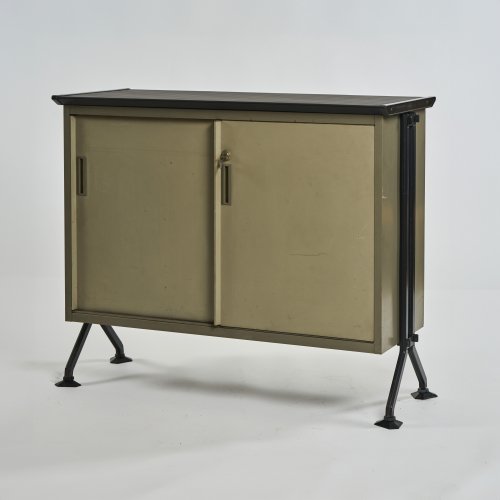
Studio B.B.P.R., Gian Luigi Banfi, Ludovico Barbiano di Belgiojoso, Enrico Peressutti, Ernesto Nathan Rogers Olivetti, Ivrea
'Arco' filing cabinet, 1963
Hammer Price: 600 €
-
Sold
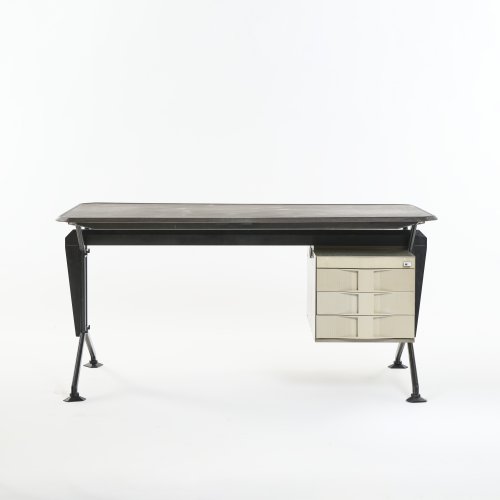
Studio B.B.P.R., Gian Luigi Banfi, Ludovico Barbiano di Belgiojoso, Enrico Peressutti, Ernesto Nathan Rogers Olivetti, Ivrea
'Arco' desk with clamp light and paper basket, 1963
Hammer Price: 800 €
-
Sold
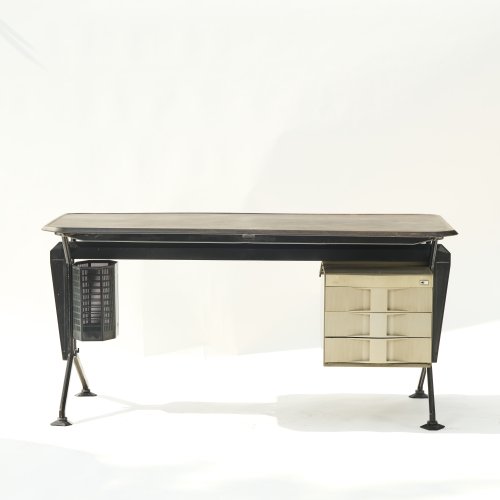
Studio B.B.P.R., Gian Luigi Banfi, Ludovico Barbiano di Belgiojoso, Enrico Peressutti, Ernesto Nathan Rogers Olivetti, Ivrea
'Arco' desk with clamp light and paper basket, 1963
Hammer Price: 1,400 €
-
Sold
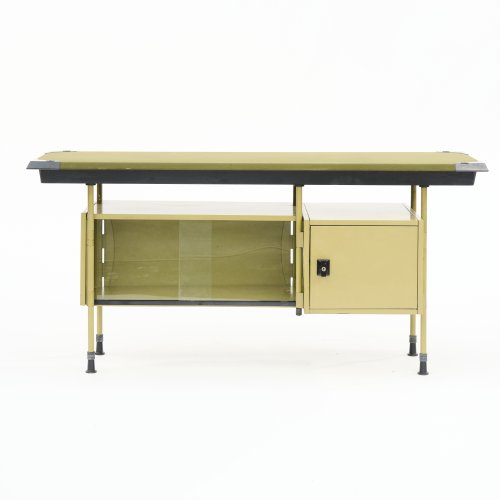
Studio B.B.P.R., Gian Luigi Banfi, Ludovico Barbiano di Belgiojoso, Enrico Peressutti, Ernesto Nathan Rogers Olivetti, Ivrea
'Spazio' sideboard, 1959
Hammer Price: 600 €
-
Sold
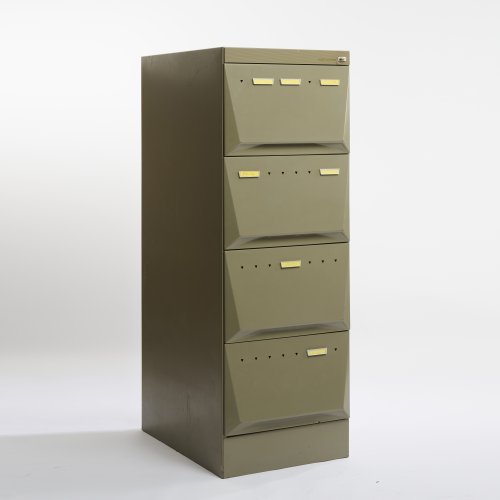
-
Sold
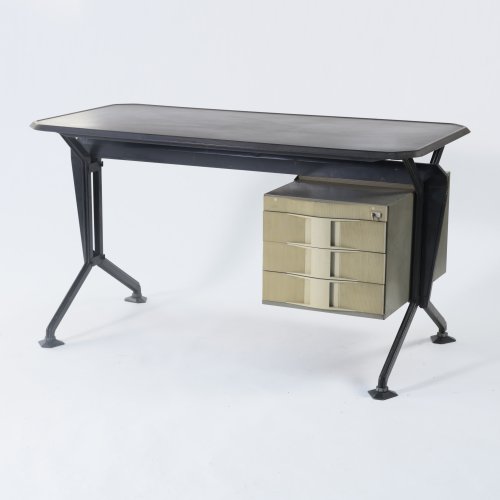
-
Sold
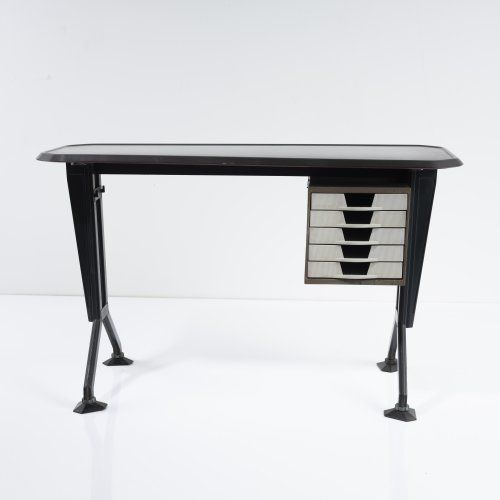
Studio B.B.P.R., Gian Luigi Banfi, Ludovico Barbiano di Belgiojoso, Enrico Peressutti, Ernesto Nathan Rogers Olivetti, Ivrea
'Arco' typewriter table, 1963
Hammer Price: 1,450 €
-
Sold
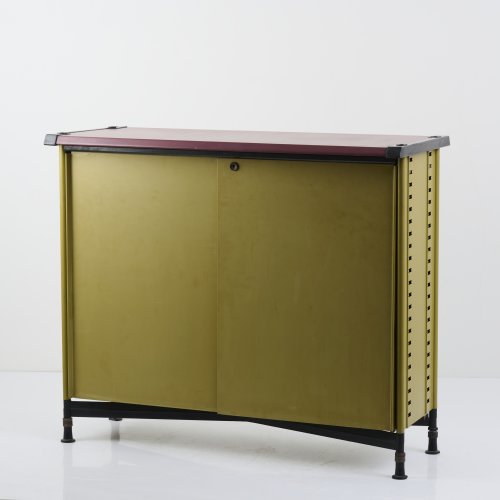
Studio B.B.P.R., Gian Luigi Banfi, Ludovico Barbiano di Belgiojoso, Enrico Peressutti, Ernesto Nathan Rogers Olivetti, Mailand
'Spazio' filing cabinet, 1958
Hammer Price: 650 €
-
Sold
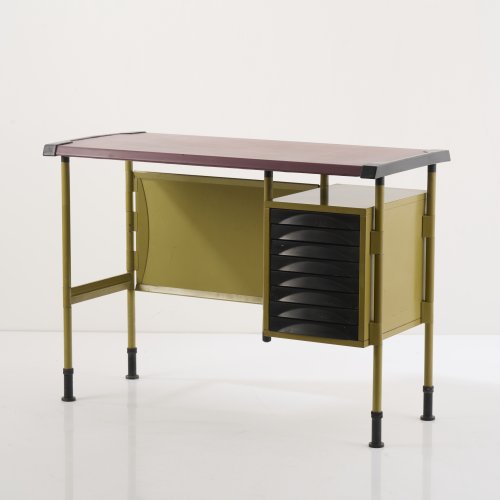
-
Sold
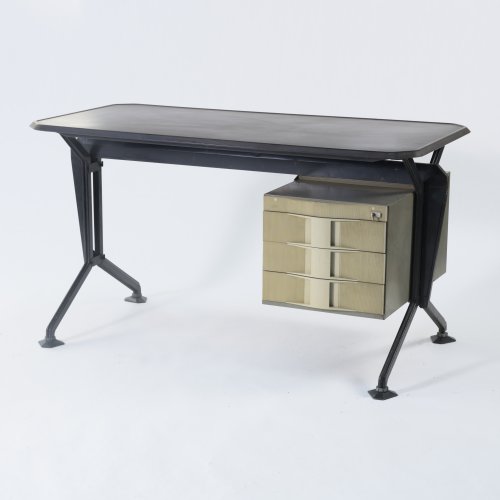
-
Sold
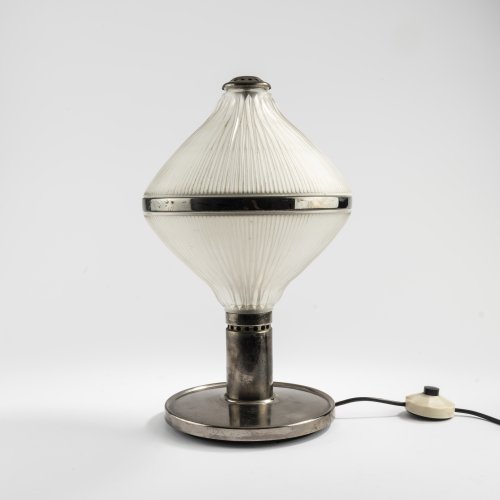
Studio B.B.P.R., Gian Luigi Banfi, Ludovico Barbiano di Belgiojoso, Enrico Peressutti, Ernesto Nathan Rogers Artemide, Mailand
'Polinnia' table light, 1962
Hammer Price: 450 €
-
Sold
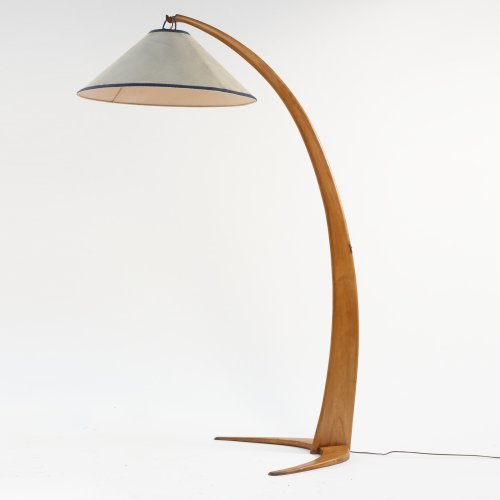
Studio B.B.P.R., Gian Luigi Banfi, Ludovico Barbiano di Belgiojoso, Enrico Peressutti, Ernesto Nathan Rogers Kartell, Noviglio
Floor lamp, c. 1947
Hammer Price: 1,600 €
-
Sold
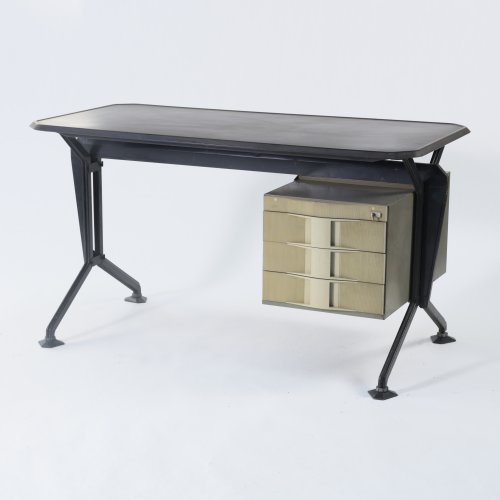
-
Sold
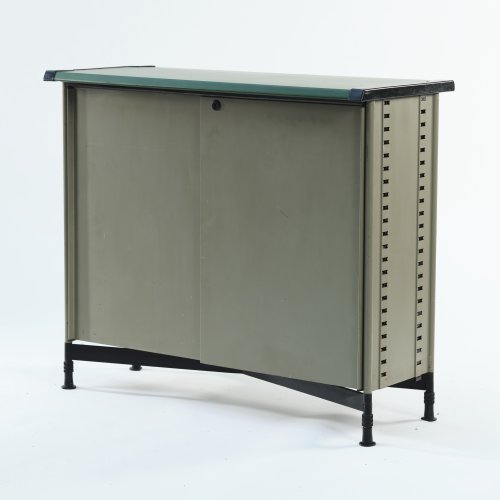
Studio B.B.P.R., Gian Luigi Banfi, Ludovico Barbiano di Belgiojoso, Enrico Peressutti, Ernesto Nathan Rogers Olivetti, Ivrea
'Spazio' filing cabinet, 1959
Hammer Price: 400 €
-
Sold
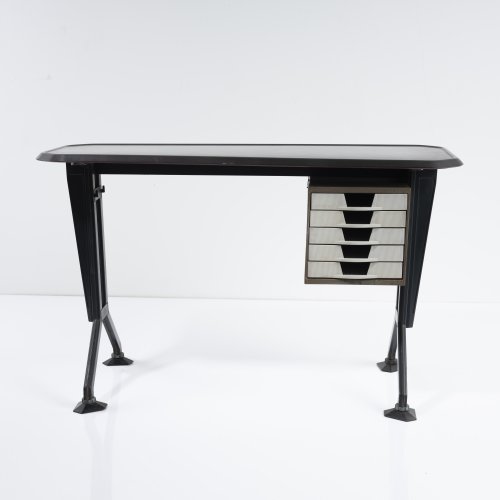
Studio B.B.P.R., Gian Luigi Banfi, Ludovico Barbiano di Belgiojoso, Enrico Peressutti, Ernesto Nathan Rogers Olivetti, Ivrea
'Arco' typewriter table, 1963
Hammer Price: 350 €
-
Sold
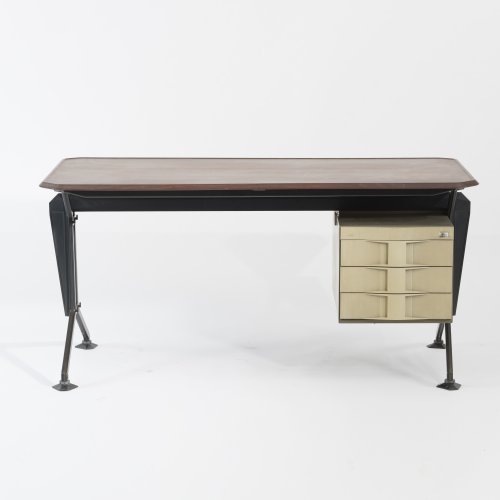
Studio B.B.P.R., Gian Luigi Banfi, Ludovico Barbiano di Belgiojoso, Enrico Peressutti, Ernesto Nathan Rogers Olivetti, Ivrea
'Arco' desk, 1963
Hammer Price: 700 €
-
Sold
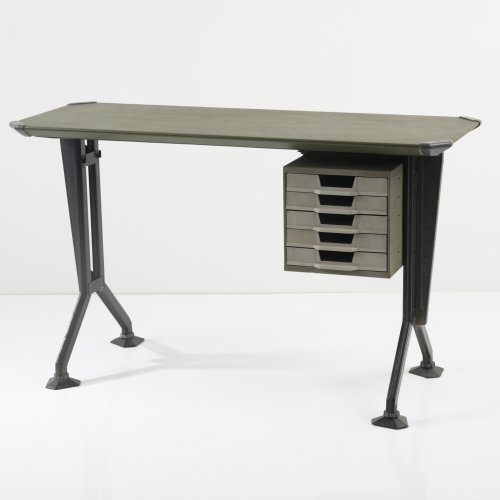
-
Sold
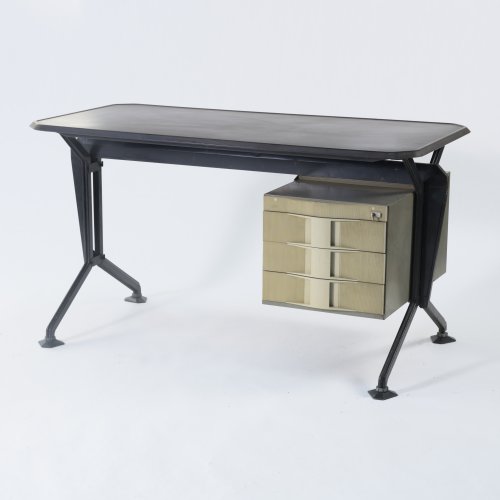
-
Sold
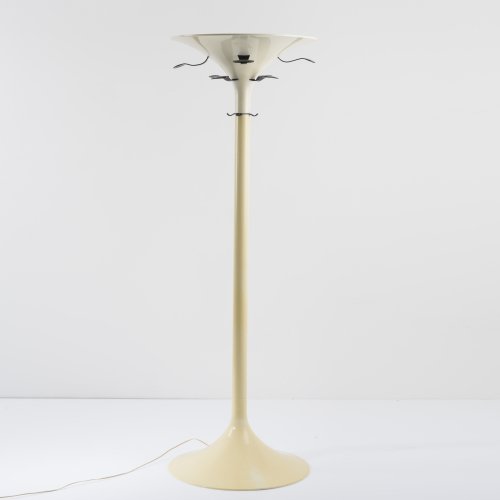
Studio B.B.P.R., Gian Luigi Banfi, Ludovico Barbiano di Belgiojoso, Enrico Peressutti, Ernesto Nathan Rogers Kartell, Noviglio
Clothes rack / floorlamp '4706', 1970
Hammer Price: 220 €
-
Sold
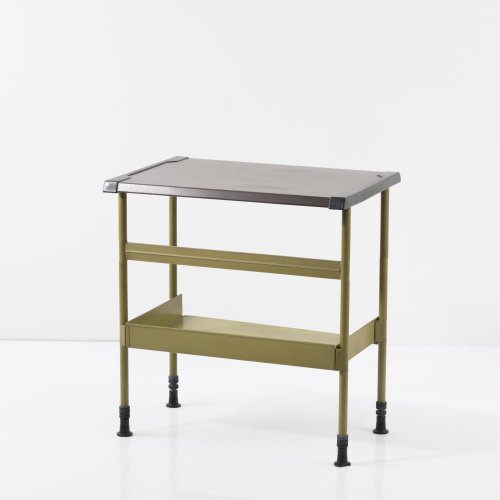
Studio B.B.P.R., Gian Luigi Banfi, Ludovico Barbiano di Belgiojoso, Enrico Peressutti, Ernesto Nathan Rogers Olivetti, Ivrea
'Spazio' console table / shelf, 1959
Hammer Price: 260 €
-
Sold
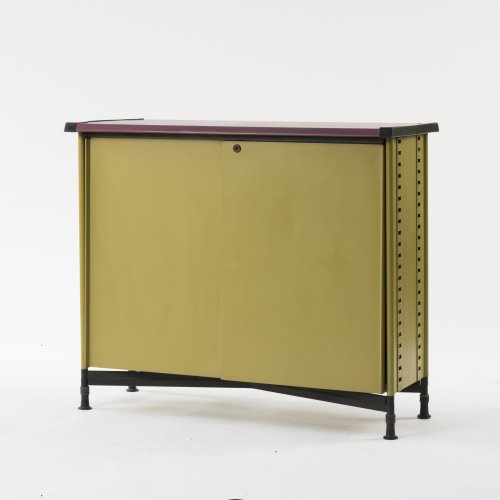
Studio B.B.P.R., Gian Luigi Banfi, Ludovico Barbiano di Belgiojoso, Enrico Peressutti, Ernesto Nathan Rogers Olivetti, Ivrea
'Spazio' filing cabinet, 1959
Hammer Price: 1,700 €
-
Sold
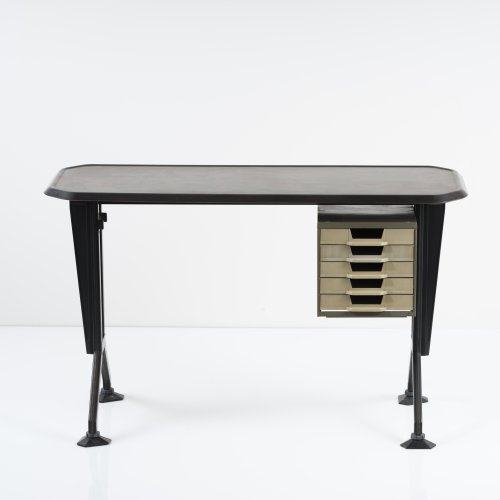
-
Sold
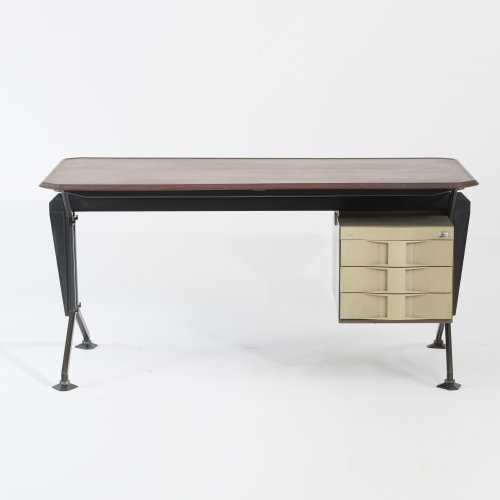
-
Sold
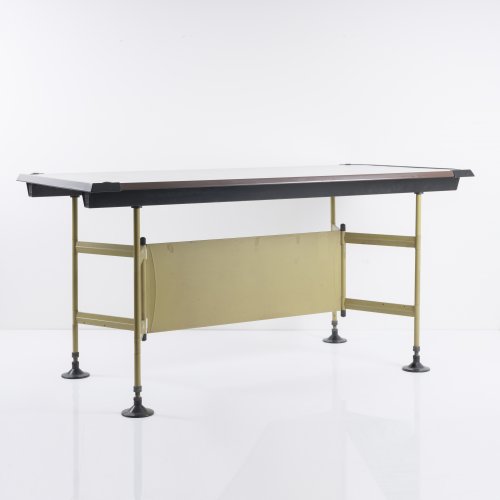
-
Sold
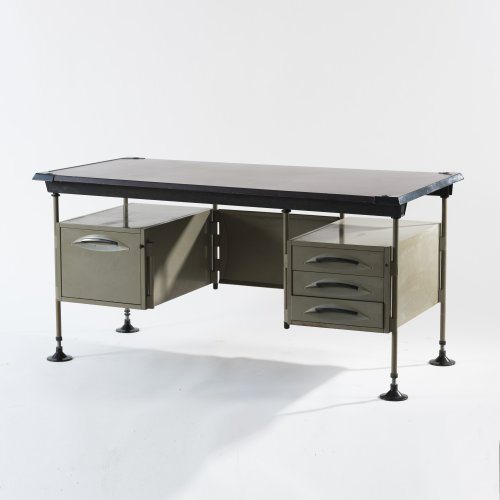
-
Sold
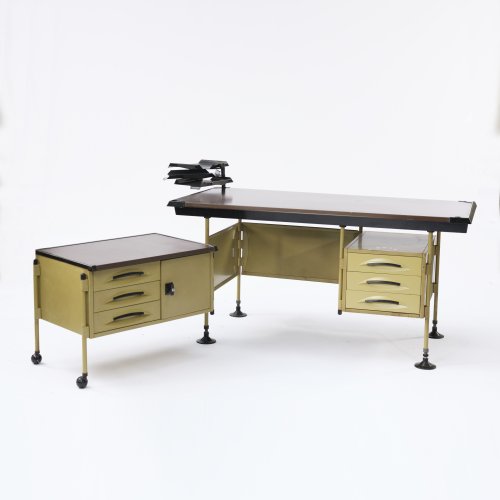
Studio B.B.P.R. Olivetti, Ivrea
'Spazio' desk with container on casters and trays, 1959
Hammer Price: 2,800 €
-
Sold
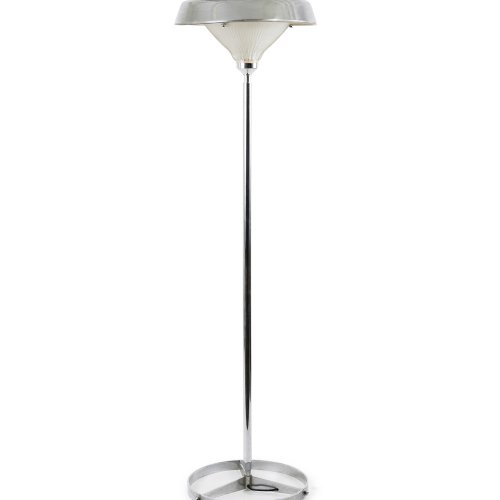
-
Sold
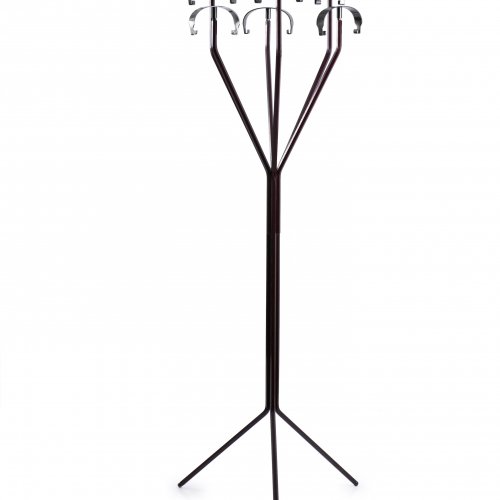
-
Sold
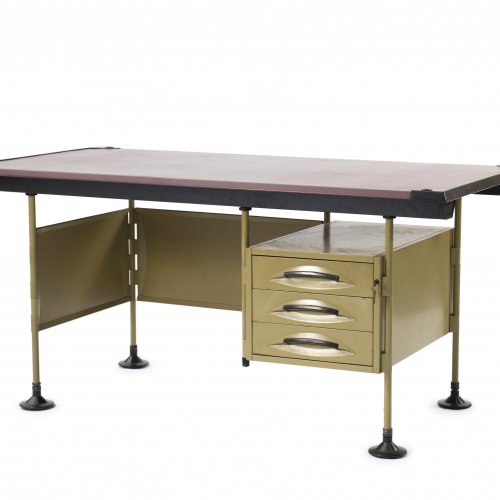
-
Sold
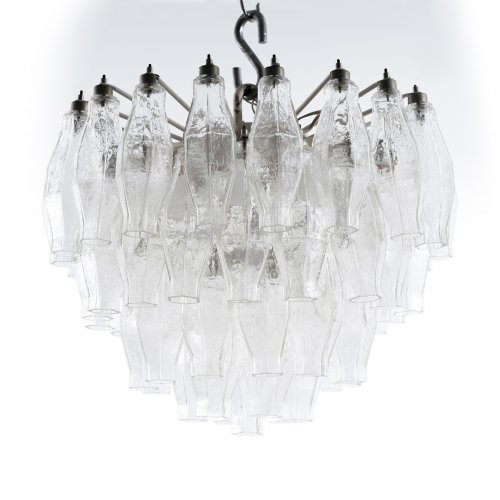
-
Sold
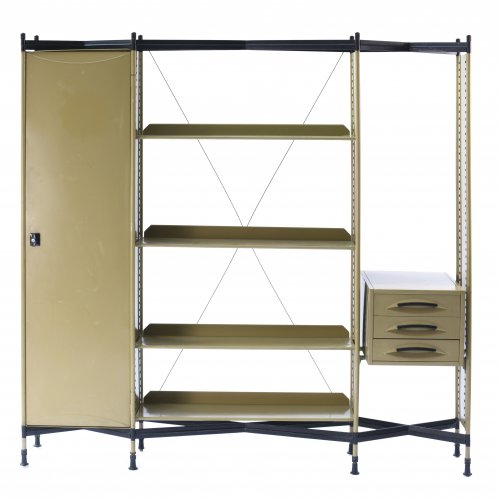
-
Sold
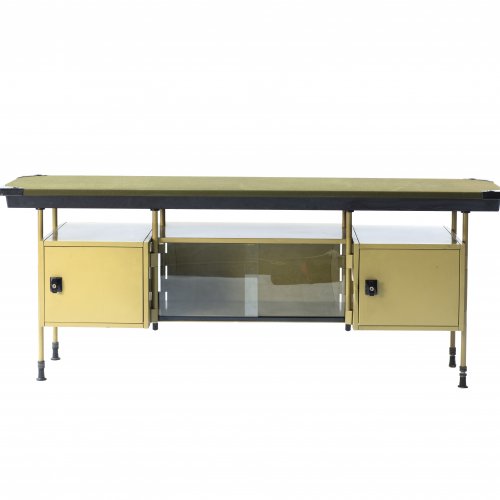
-
Sold
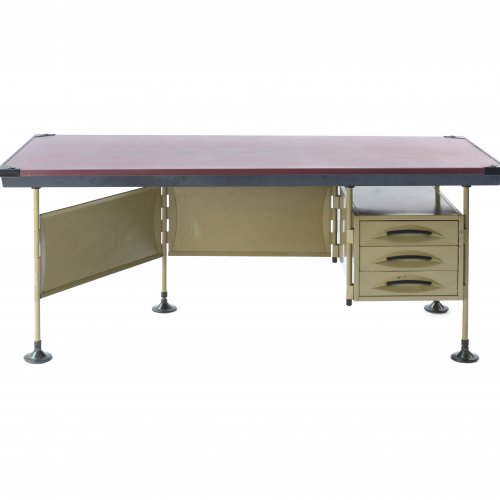
-
Sold
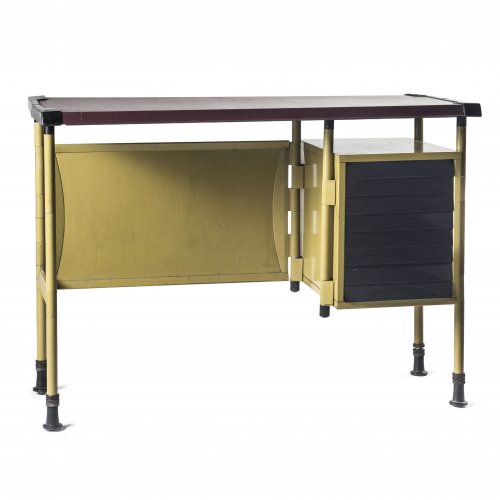
-
Sold
-
Sold
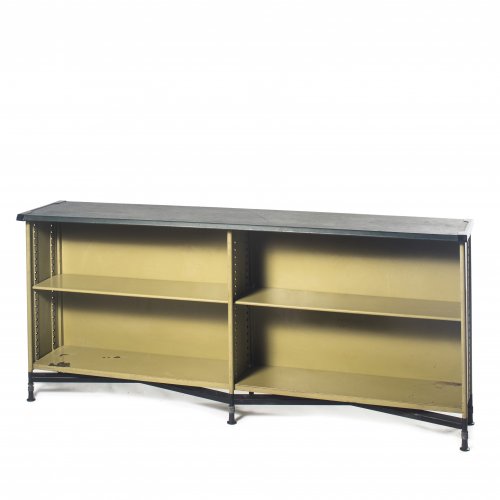
-
Sold
-
Sold
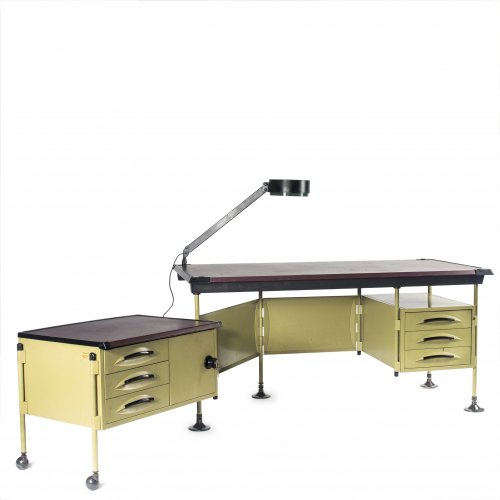
Studio B.B.P.R. Olivetti, Ivrea
'Spazio' desk with typewriter desk and lamp, 1959
Hammer Price: 1,600 €
-
Sold
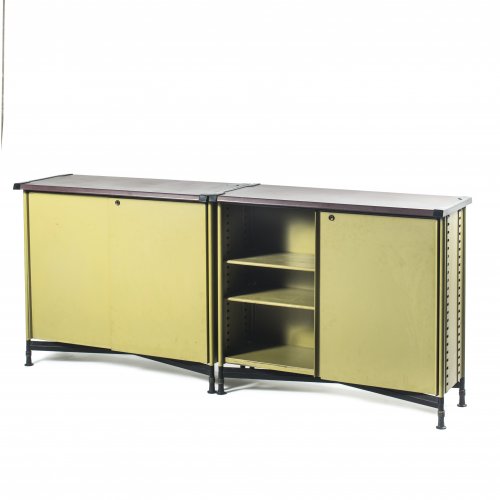
-
Sold
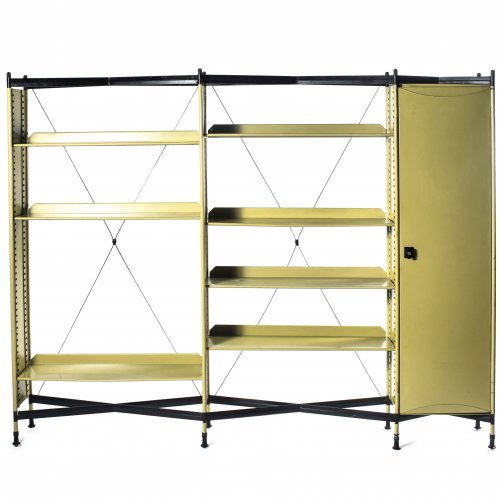
-
Sold
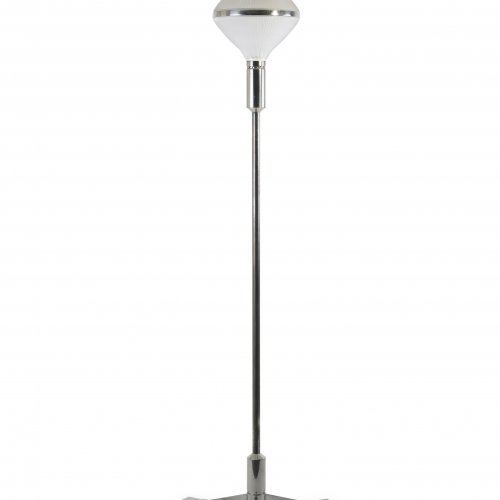
-
Sold
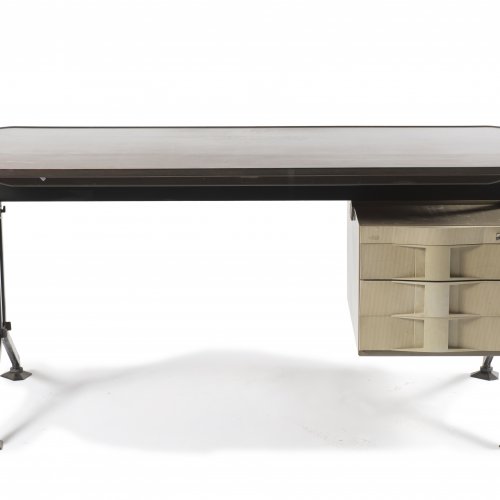
-
Sold
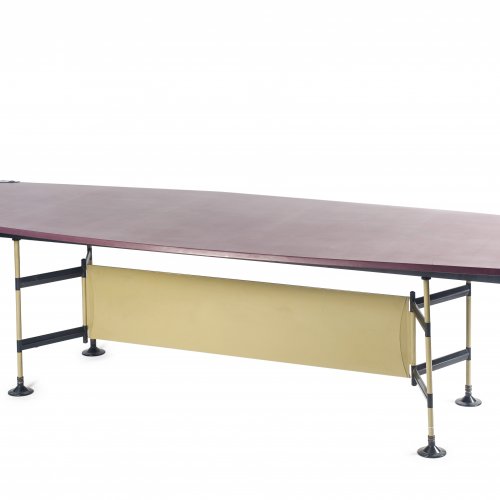
-
Sold
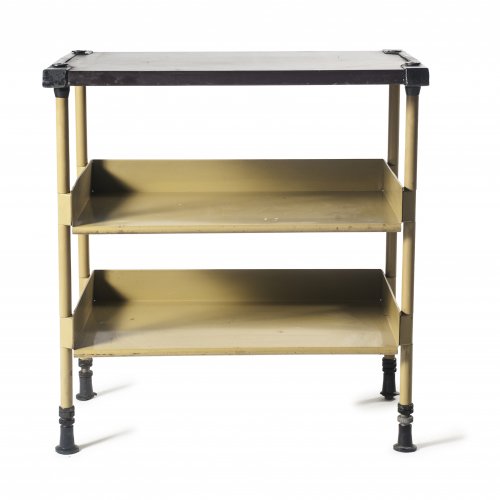
-
Sold
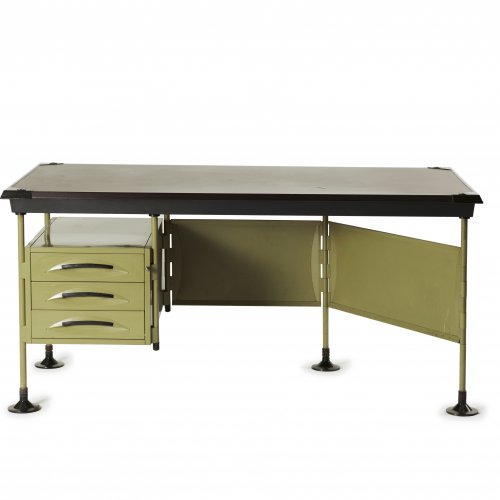
-
Sold
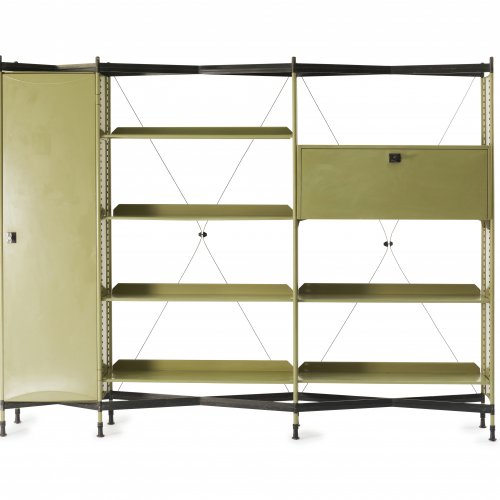
-
Sold
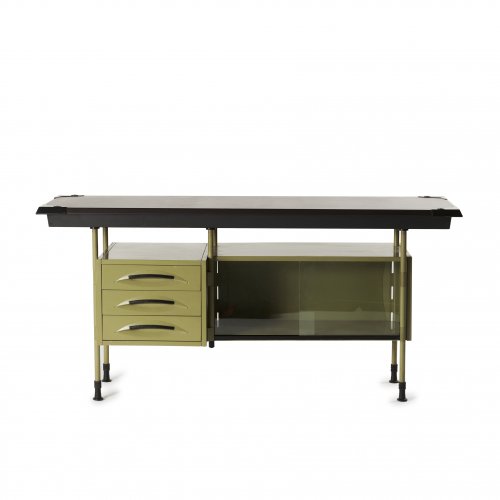
-
Sold
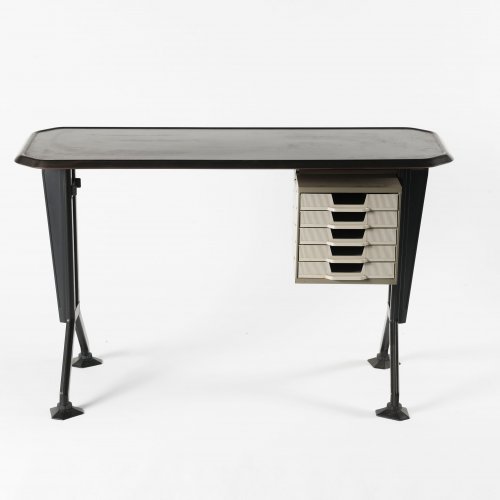
-
Sold
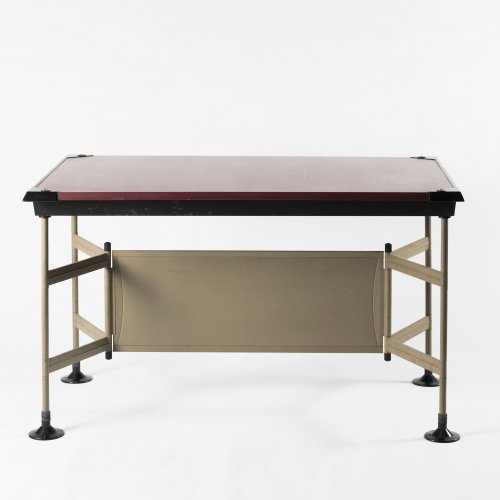
-
Sold
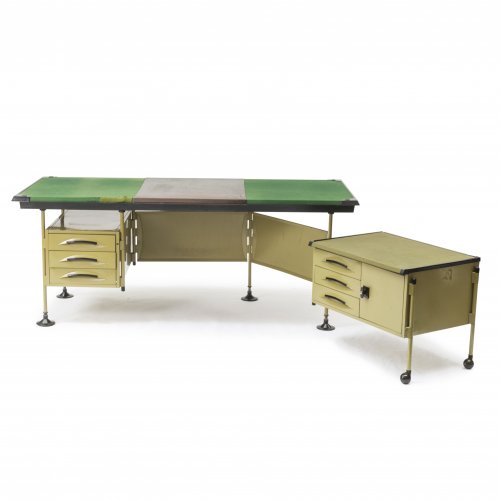
-
Sold
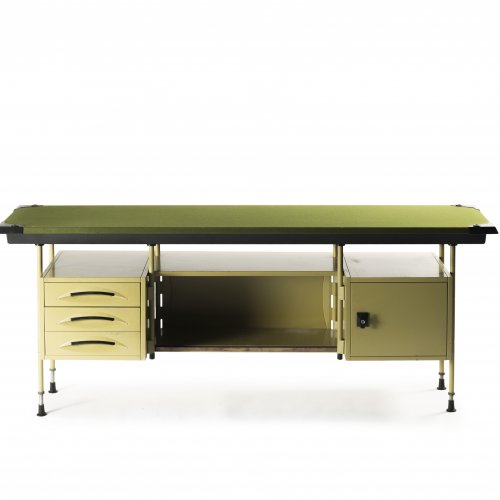
-
Sold
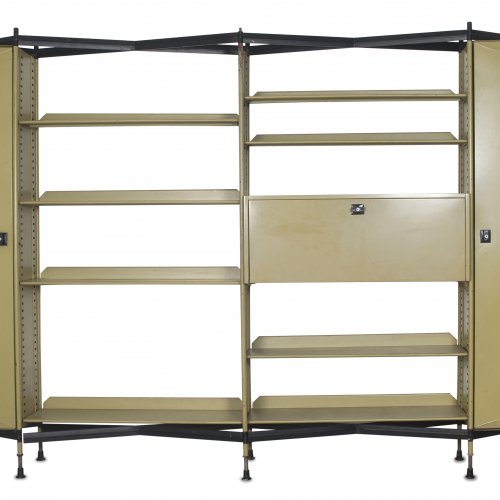
Studio B.B.P.R. Olivetti, Ivrea
'Spazio' shelving system with two cabinets, 1959
Hammer Price: 2,600 €
-
Sold
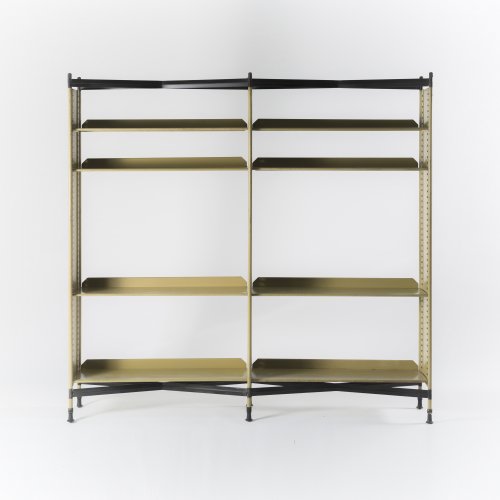
-
Sold
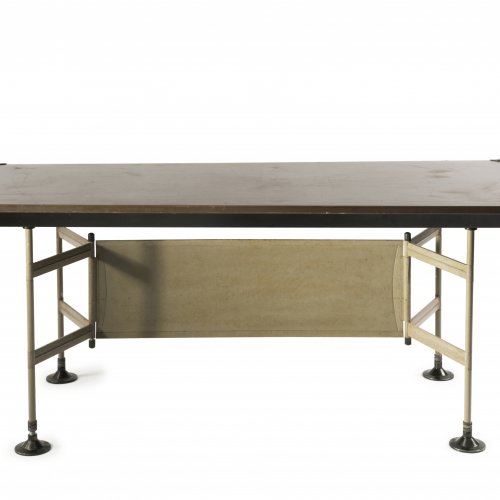
-
Sold
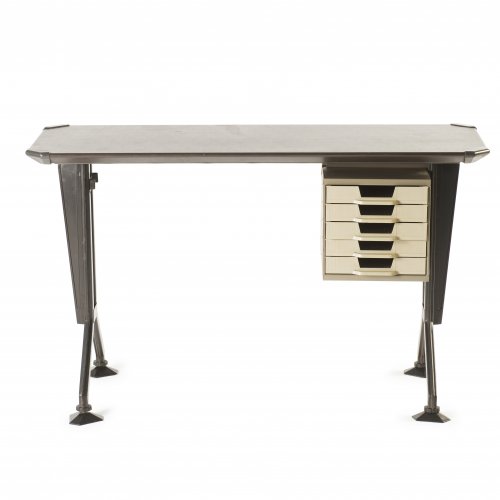
-
Sold
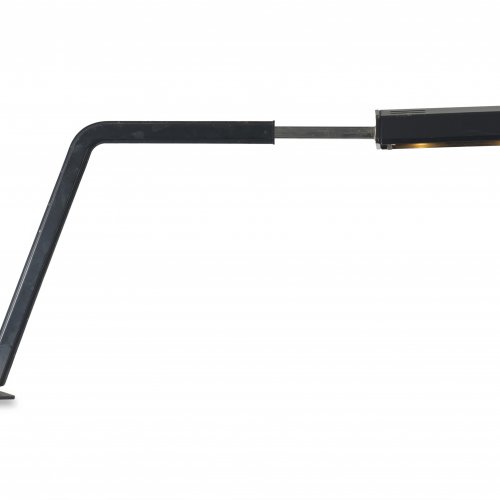
-
Sold
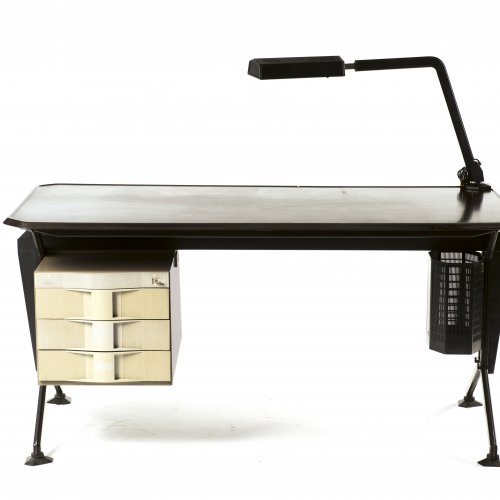
-
Sold
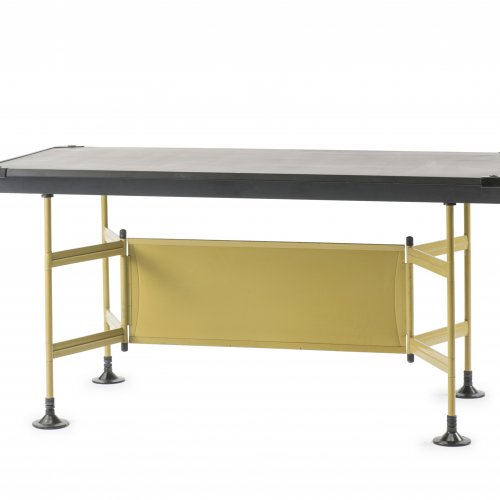
-
Sold
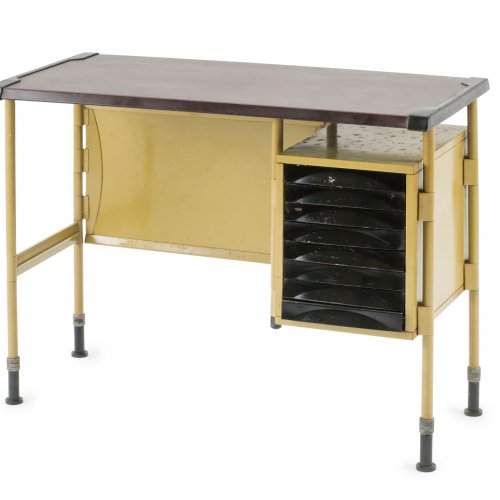
-
Sold
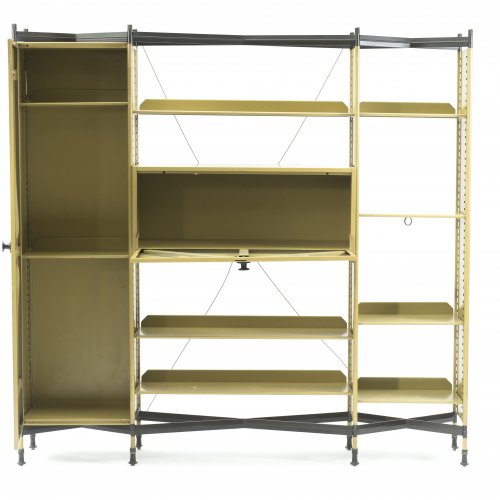
-
Sold
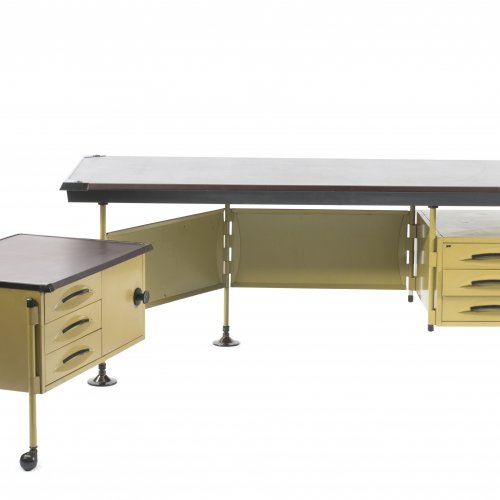
-
Sold
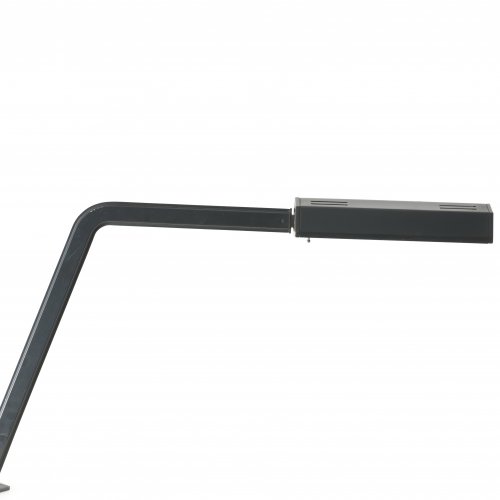
-
Sold
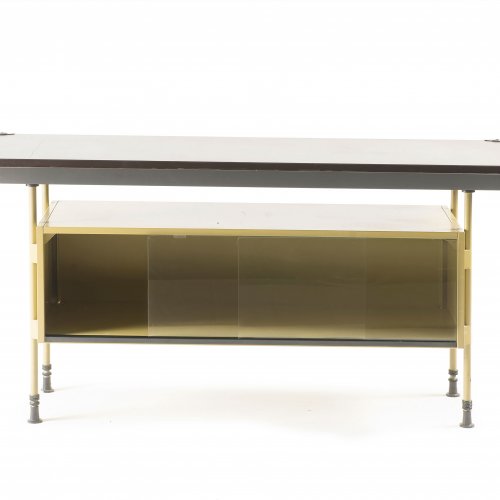
-
Sold
-
Sold
-
Sold
